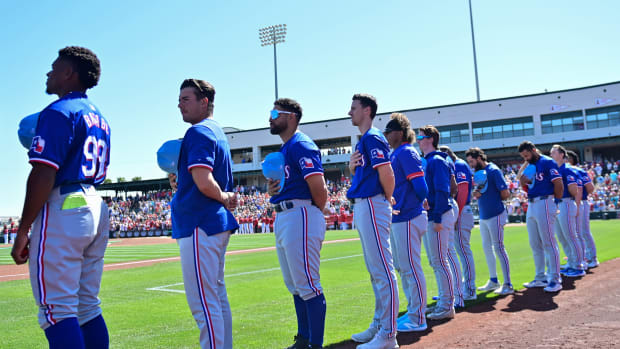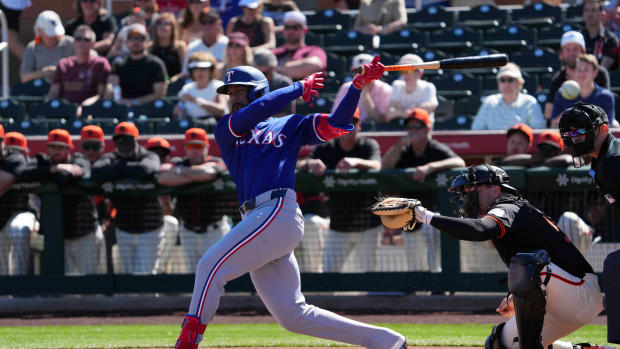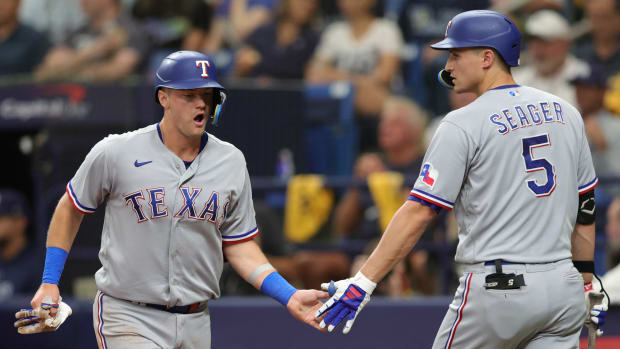MLB Votes Out Shift, Implements Pitch Clock for 2023

Major League Baseball on Friday approved a flurry of rules changes for the 2023 season, the most prominent of which are the implementation of a pitch clock and the elimination of the shift.
The Joint Competition Committee voted Friday in favor of those rule changes, along with bigger bases.
Texas Rangers interim manager Tony Beasley commented on the changes on Friday.
“Everything evolves,” Beasley said. “I mean, nothing’s the same as it was years ago. I mean, none of the sports — basketball, football — are the same. So, I think the idea is to make it better, make it more efficient. And I know the pace of play is a big thing. So the mindset is to make it better. I know the general thought is to improve the game.”
The shift — a fielding trick in which teams align three or more fielders on one side of the infield — will no longer be allowed starting next season. In 2023, teams will be required to have two infielders on either side of second base. Teams also won’t be allowed to move their best fielder to either side of the field, depending on the quality of the hitter. A misalignment of fielders can result in an automatic ball or the result of the play.
In Rangers terms, it means that Corey Seager is always going to play shortstop and Marcus Semien is always going to play second base.
The shift, to some, has resulted in a 10-point drop in batting average across MLB since 2006.
The pitch clock is something that the minor leagues has experimented with for several years. The rules are somewhat dense, but the basics are:
There will be a 30-second timer between batters;
There will be a 15-second timer to throw a pitch with the bases empty;
There will be a 20-second time to throw a pitch with runners on base.
The rule also comes with limitations on throws to first base (two per runner).
These rules are designed up speed up overall play, and penalties are possible if pitchers fall out of compliance. The average Major League game this season is three hours and four minutes. The average in the minor leagues ranges from two hours and 34 minutes to two hours and 43 minutes, per MILB.com.
Finally, first, second and third base will be increased from 15 inches square to 18 inches square. The change is designed to help improve base stealing. The increase of the bases means that there will be a 4 1/2-inch reduction in the distance between first and second base and between second base and third. The increased base will also give first basemen more room to work with and lessen the chance of injury.
You can find Matthew Postins on Twitter @PostinsPostcard
Catch up with Inside the Rangers on Facebook and Twitter.







